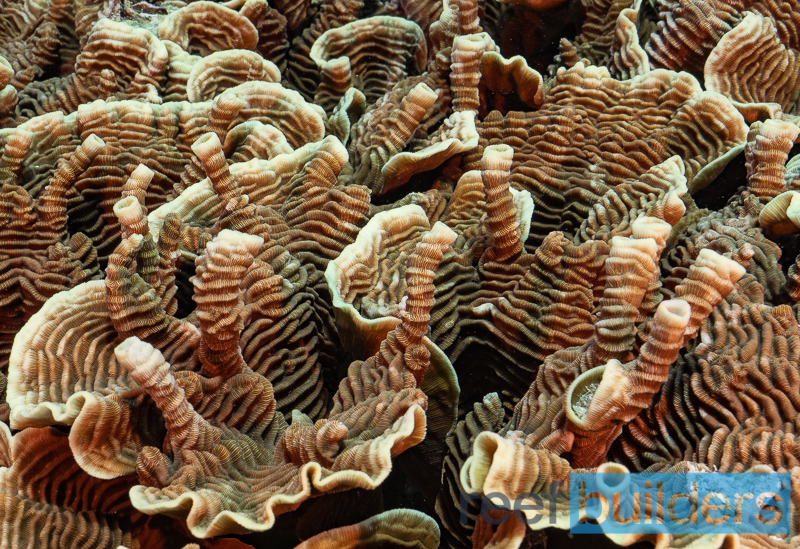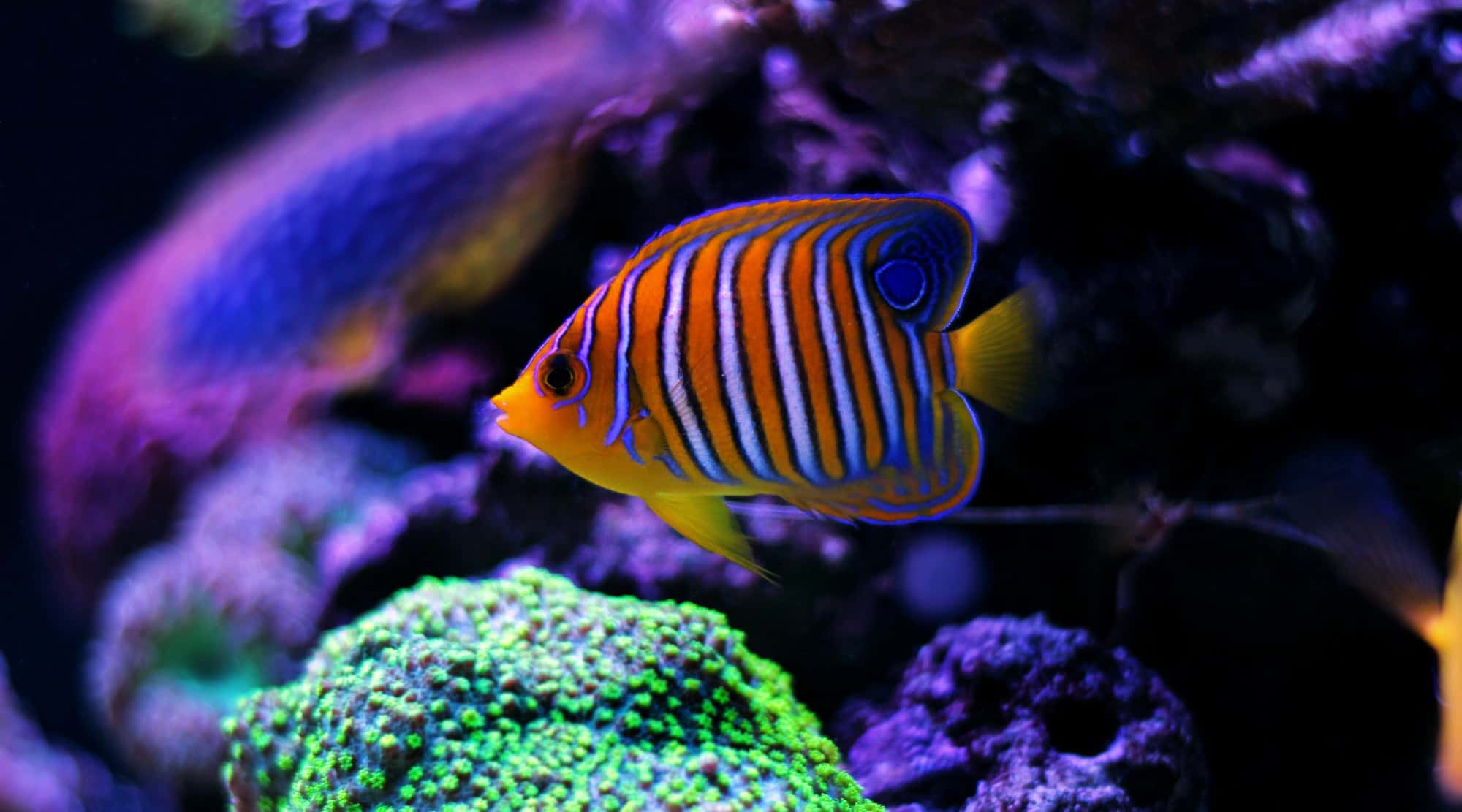Let’s talk Scolymia Care!
Scolymia, or Scoly for short, are an extremely well-known and popular LPS coral in our hobby! While these corals have been reclassified as “Homophyllia australis,” they’re still commonly known as Scolymia in the trade. These vibrant, circular corals are renowned for their show-stopping appearance and relatively easy care requirements, making them popular for Reefers. Most Scolys in the reef hobby usually come from the shallow waters surrounding Australia and the Great Barrier Reef. They grow in areas with lower to moderate water flow and lighting.
Scolys will thrive in your reef, given the right conditions and nutrition. Which, thankfully, is fairly easy to achieve! Scolys aren’t typically very picky when it comes to lighting, but moderate to lower lighting is plenty to keep them happy. Too much lighting can cause bleaching, while too little lighting may inhibit their long-term health. Proper water flow is essential for Scolys, as it prevents detritus buildup on top of their flesh. However, excessive flow can stress them out and damage flesh, so a moderate and indirect water flow is recommended. Scolymia thrive in tank temperatures from 76 to 78 degrees Fahrenheit. Be sure to keep salinity stable between 1.025 and 1.026 specific gravity. When it comes to alkalinity and calcium, they will do well between 8-12 dKH for alkalinity and 400-500 ppm for calcium. Magnesium should be kept between 1250-1350 ppm. These parameters are all very crucial in promoting both coral and skeletal growth.
One of the most desired and legendary aspects of Scolys is their incredible range of coloration. These corals come in a broad spectrum of colors like green, orange, red, pink, purple, blue, and yellow. Typically, each piece will display a combination of colors to create a one-of-a-kind pattern. Some well-known types of Scolys that are highly sought after include Master Scolys, Bleeding Apples, Superman, War Paints, and UFOs. There is a never-ending combination of colors when it comes to Scolys, with CRAZY new specimens popping up all the time!
When picking out a scoly for your aquarium, try to choose ones that have puffy flesh, which typically indicates they are healthy. Stay away from ones that have gaping mouths, which is usually a sure sign of poor health. When it comes to color, the deeper and more vibrant the color, the more settled in and healthy the scoly will be.
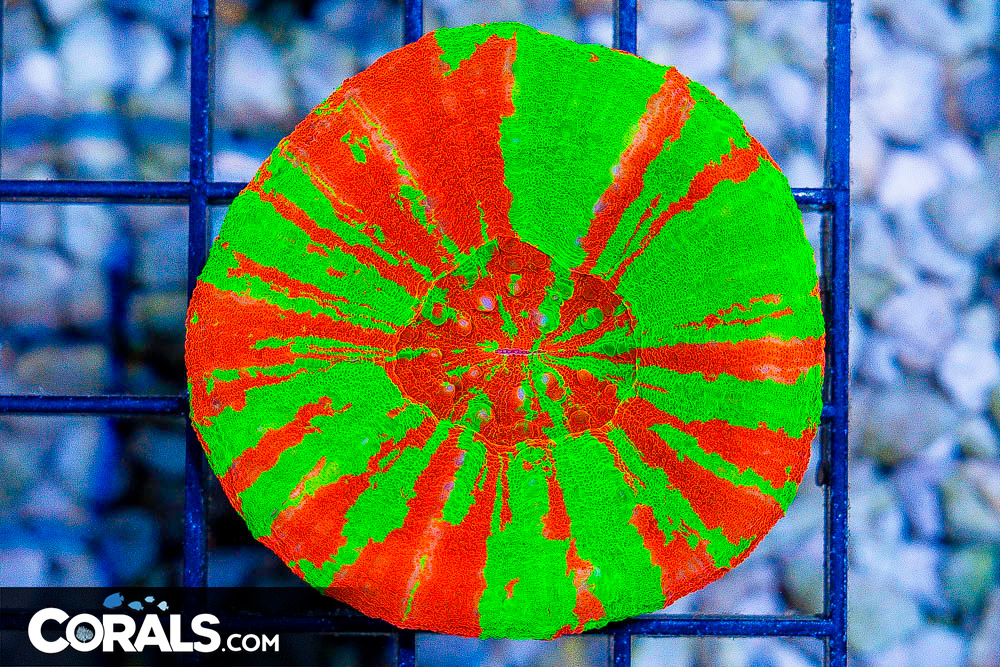
Like most corals, Scoly get their energy from their photosynthetic zooxanthellae. They also gain a great deal of energy by physically capturing food. At night, or when they detect food in the water column, they open up, revealing their rows of hidden tentacles, which capture food and bring it to the center mouth to consume. It is quite a spectacle to watch Scoly open up and feed. Their external coloration might be wild, but it gets even cooler when they open up and show off their internal colors! Regular spot feeding is essential for long-term care and a happy, healthy Scoly, especially as they love to eat! Spot feed Scolys a couple of times a week; feeding a mixture of brine, mysis, and other meaty seafood will make them go wild.
Be sure to feed your fish prior to spot-feeding Scolys; this will ensure that they will be less likely to steal food from the coral’s mouth. One trick in ensuring your scolys are taking food during spot feeding is to turn off your flow and lights. Do this after feeding your fish. By turning off your lights, your fish that have been happily fed will most likely go into hiding and not try to steal the food, which can cause damage to the coral. By turning off your powerheads and flow, you can ensure the food stays on the scoly long enough for it to feed. If leftover food is on the scolys after spot feeding, baste it off the coral so it does not rot and burn the scoly’s flesh.
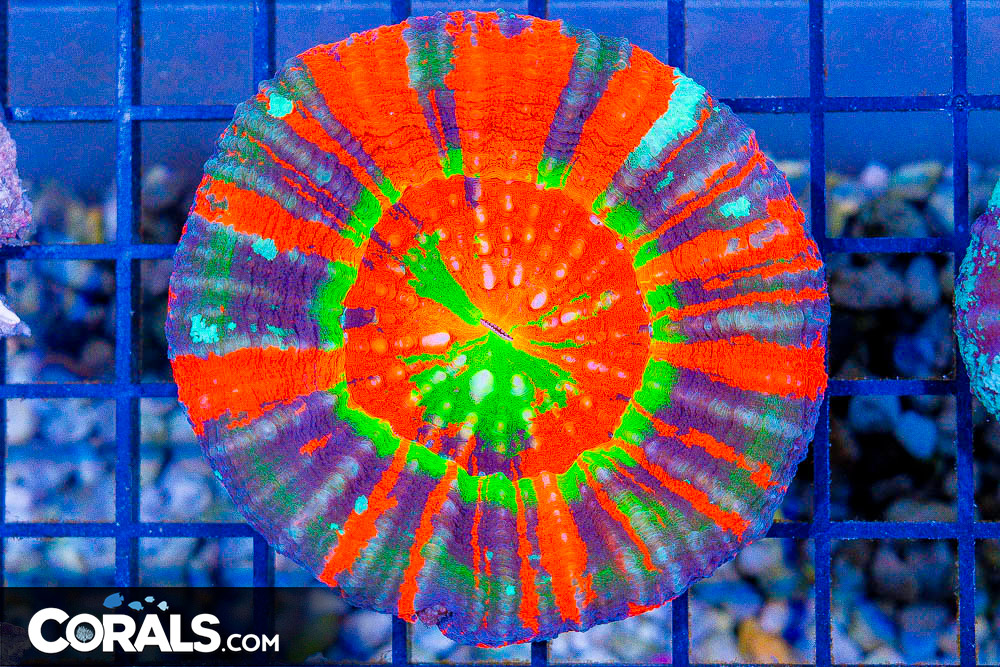
Be on the lookout for fish that pick up and dump substrate on scolys you place at the bottom of your tank. If this occurs, you may have to move the scolys up slightly higher in your tank. If their mouths are full of sand or gravel, they will not be able to feed properly and could decline in health. Should this happen, lightly baste the substrate out of their mouths very gently.
Where in your tank should you place your Scoly? Some Reefers have been known to glue their skeletons onto rock work and have found success. We recommend placing Scoly near the bottom of your tank on an even surface. Here, it can face directly up, evenly receiving all the light it needs. Plus, the bottom of your tank can make for an awesome Scoly garden!
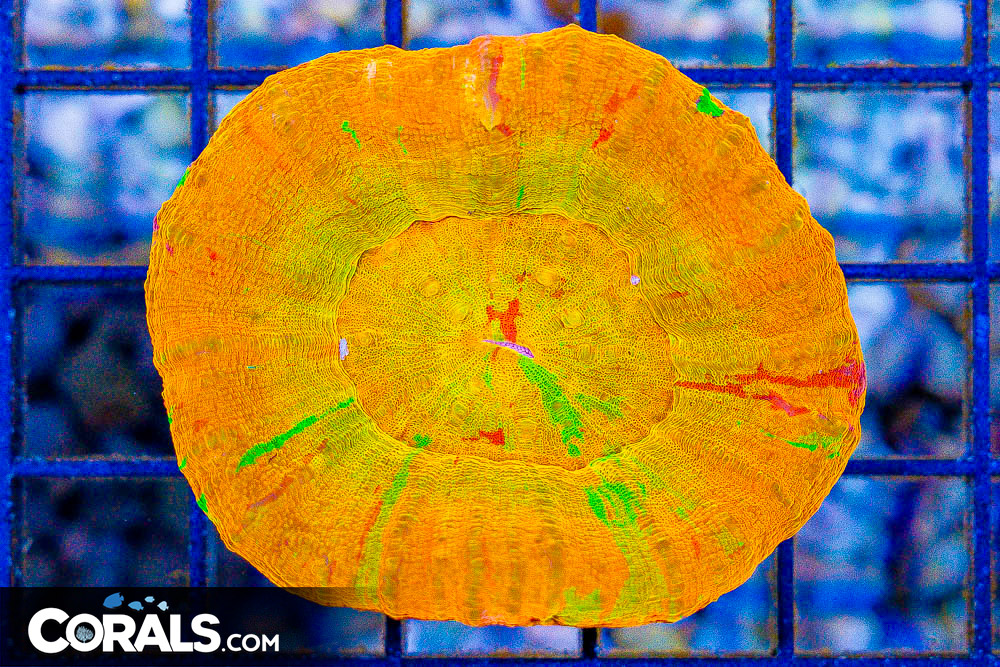
Overall, Scoly’s are easy LPS corals to keep. With their exemplary coloration and dazzling feeding display, they’re the best bang for your buck — they’re a must-have in any system. If you have any more questions about Scoly care, be sure to comment below!


